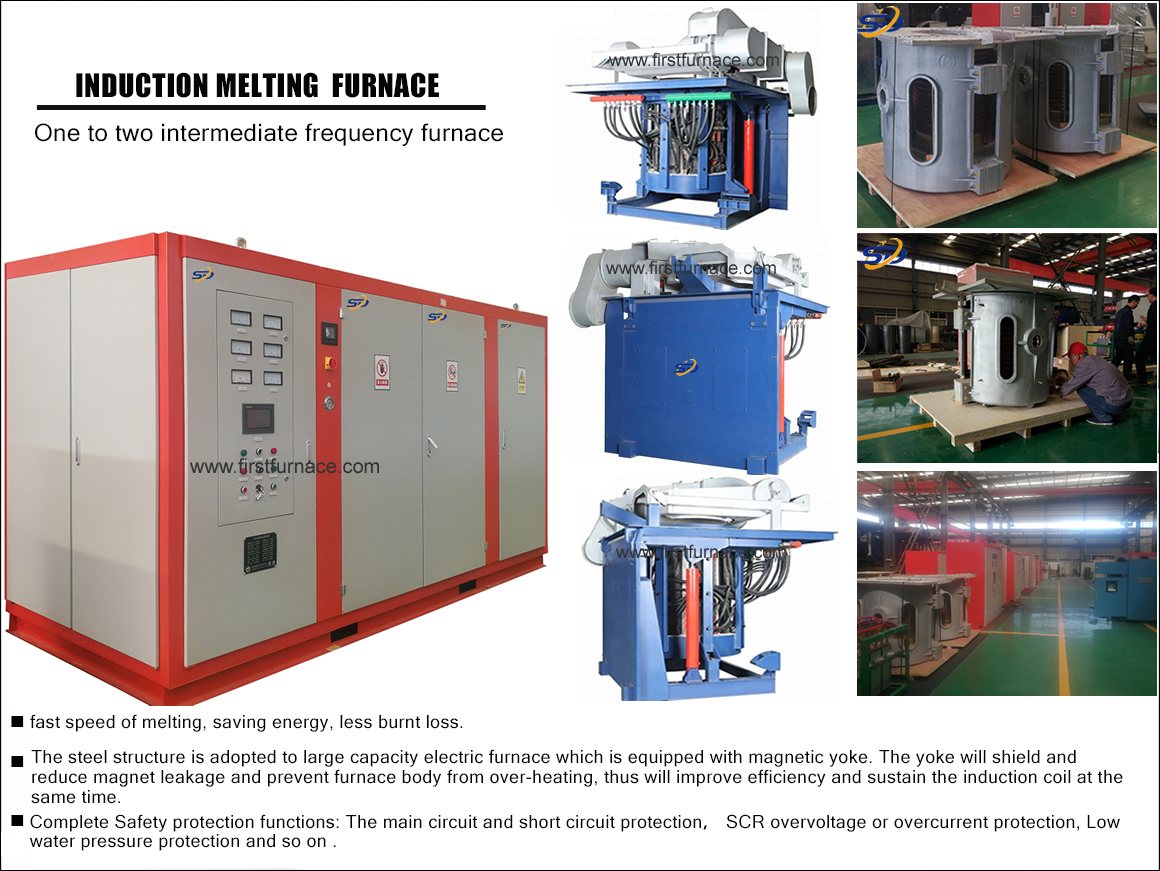Sales hot line ( 24 hours service): 18037961302
E-Mail: firstfurnace@gmail.com
whatsapp:+8618037961302
Adress: Luoxin Industrial Park, Luoyang, HenanLarge diameter steel pipe quen
Piston rod quenching and tempe
Grinding rod quenching and tem
High frequency induction heate
Quenching equipment for machin
Round steel end heating furnac
Steel pipe heat treatment prod
Square steel quenching and tem
Sucker rod quenching and tempe
Thickened petroleum steel pipe
Round steel quenching and temp
Steel pipe quenching and tempe
Steel plate quenching and temp
Induction Hardening Machine&nb
Flywheel ring gear high freque
The relationship between melting rate and productivity of induction melting furnace
It should be pointed out that the melting capacity data of the induction melting furnace provided by the general induction melting furnace manufacturer in the sample or technical specification is the melting rate. The melting rate of the induction melting furnace is the characteristic of the induction melting furnace itself. It is related to the power size and power supply type of the induction melting furnace, and has nothing to do with the production operation system. The productivity of the induction melting furnace is not only related to the melting rate performance of the induction melting furnace itself, but also related to the melting operation system. Usually, there is a certain no-load auxiliary time in the melting operation cycle, such as: feeding, skimming, sampling and testing, waiting for the test results (related to the test means), waiting for pouring, etc. The existence of these no-load auxiliary times reduces the power input of the power supply, that is, reduces the melting capacity of the induction melting furnace.
For clarity of description, we introduce the concepts of induction melting furnace power utilization factor K1 and operating power utilization factor K2.
Induction melting furnace power utilization factor K1 refers to the ratio of the output power of the power supply to its rated power during the entire melting cycle, and it is related to the type of power supply. The K1 value of an intermediate frequency induction melting furnace equipped with a silicon controlled (SCR) full-bridge parallel inverter solid power supply is usually around 0.8. Xi¡¯an Institute of Mechanical and Electrical Technology has added inverter control to this type of power supply (usually this type of power supply only has Rectification control), the value can be close to 0.9 or so. The K1 value of the intermediate frequency induction melting furnace equipped with (IGBT) or (SCR) half-bridge series inverter power sharing solid power supply can theoretically reach 1.0.
The size of the operating power utilization coefficient K2 is related to factors such as the process design and management level of the melting workshop, and the configuration scheme of the induction melting furnace power supply. Its value is equal to the ratio of the actual output power of the power supply to the rated output power during the entire operating cycle. Generally, the power utilization factor K2 is chosen between 0.7 and 0.85. The shorter the no-load auxiliary operation time (for example: feeding, sampling, waiting for testing, waiting for pouring, etc.) of the induction melting furnace, the larger the K2 value. The K2 value of scheme 4 in Table 4 (dual power supply with two furnace system) can theoretically reach 1.0, in fact, it can reach more than 0.9 when the no-load auxiliary operation time of the induction melting furnace is very low.
Therefore, the productivity N of the induction melting furnace can be calculated by the following formula:
N = P¡¤K1¡¤K2 / p (t/h)¡¡¡¡¡¡¡¡¡¡¡¡¡¡¡¡¡¡¡¡¡¡(1)
Where:
P --- Rated power of induction melting furnace (kW)
K1 --- Induction melting furnace power utilization factor, usually in the range of 0.8 ~ 0.95
K2 --- Operating power utilization factor, 0.7 ~ 0.85
p --- Induction melting furnace melting unit consumption (kWh/t)
Take a 10t intermediate frequency induction melting furnace equipped with a 2500kW silicon controlled (SCR) full-bridge parallel inverter solid power supply produced by the Institute of Mechanical and Electrical Engineering as an example. The unit melting consumption p indicated in the technical specifications is 520 kWh/t. The induction melting furnace The value of the power utilization factor K1 can reach 0.9, and the value of the operating power utilization factor K2 is taken as 0.85. Therefore, the productivity of the induction melting furnace can be obtained as:
N = P¡¤K1¡¤K2 / p = 2500¡¤0.9¡¤0.85 / 520 = 3.68 (t/h)
It should be pointed out that some users confuse the meaning of melting rate and productivity, and regard them as the same meaning, without considering the induction melting furnace power utilization factor K1 and operating power utilization factor K2. The result of this calculation will be N = 2500/520 = 4.8 (t/h). The induction melting furnace selected in this way cannot achieve the designed productivity.
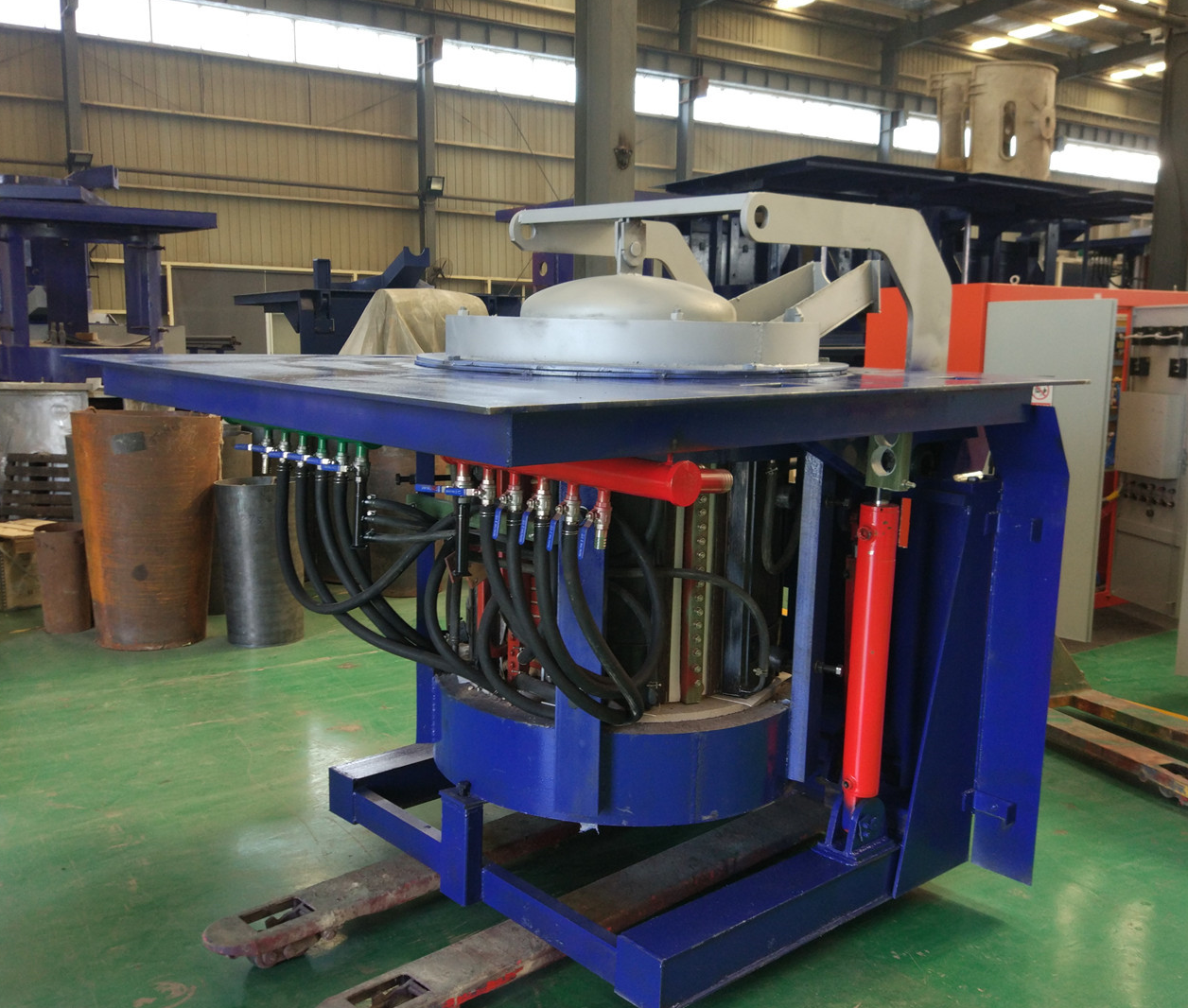
Iron induction furnace
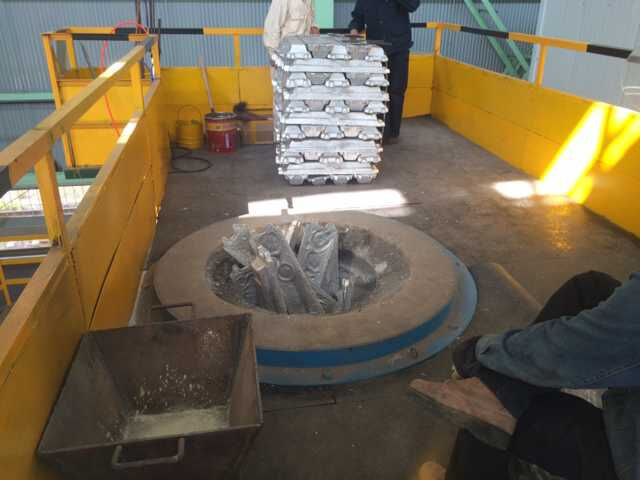
Aluminum melting furnace
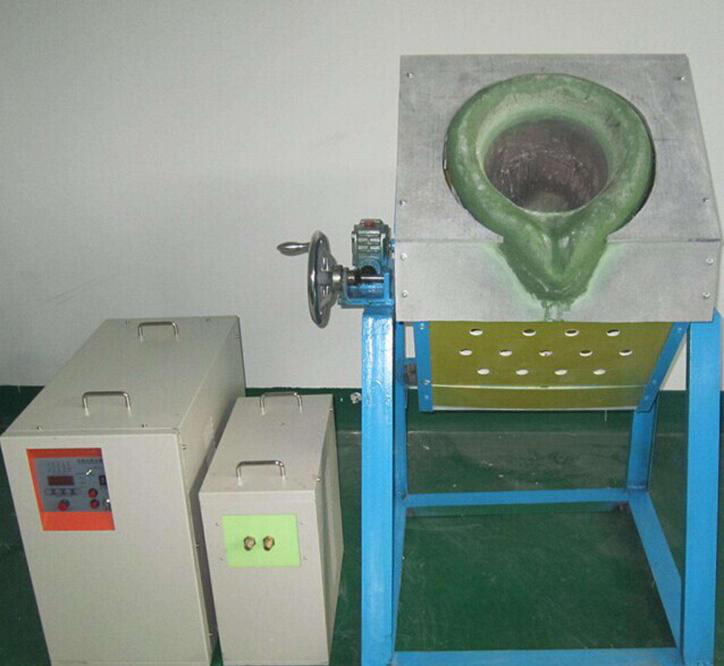
Copper melting furnace
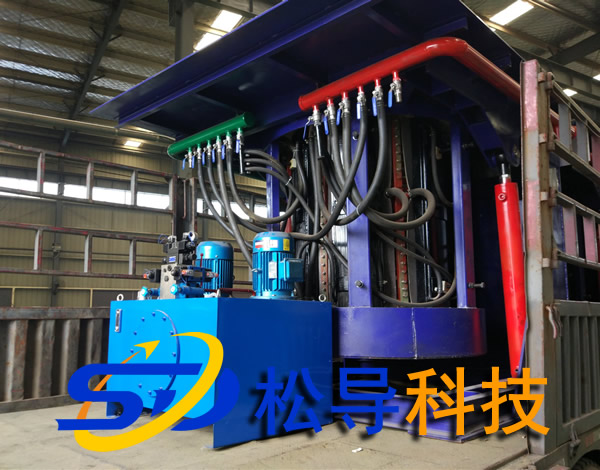
Small steel melting furnace
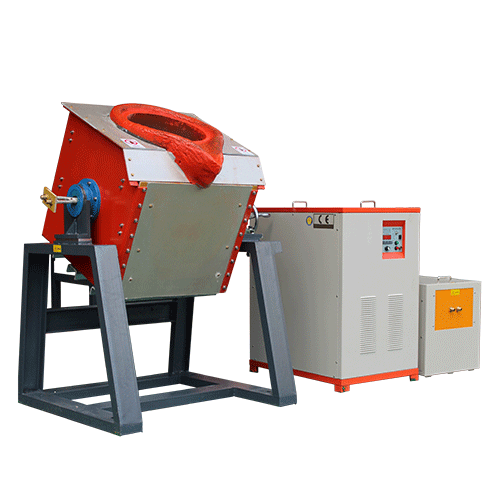
Small induction melting furnace
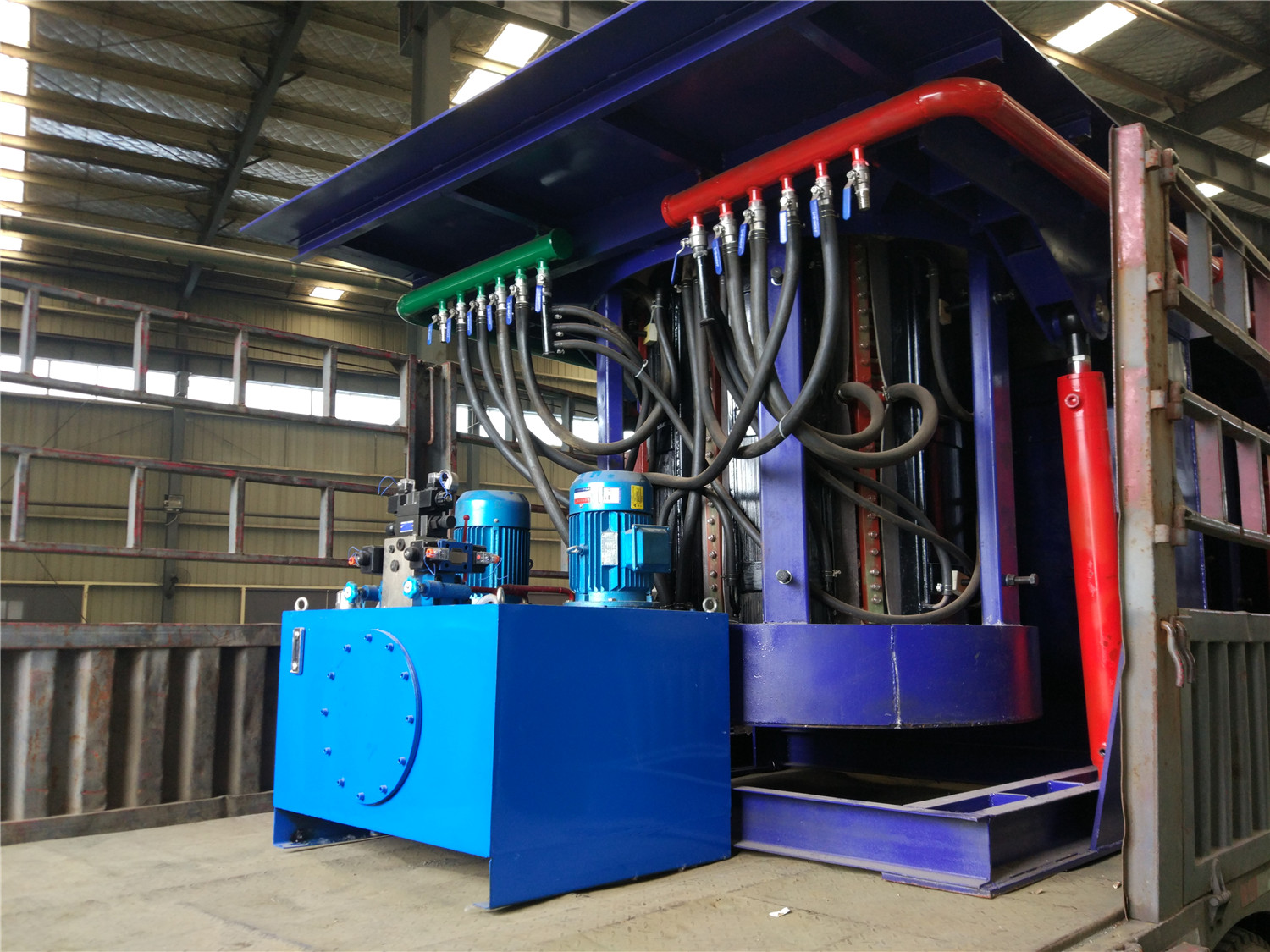
Induction iron furnace
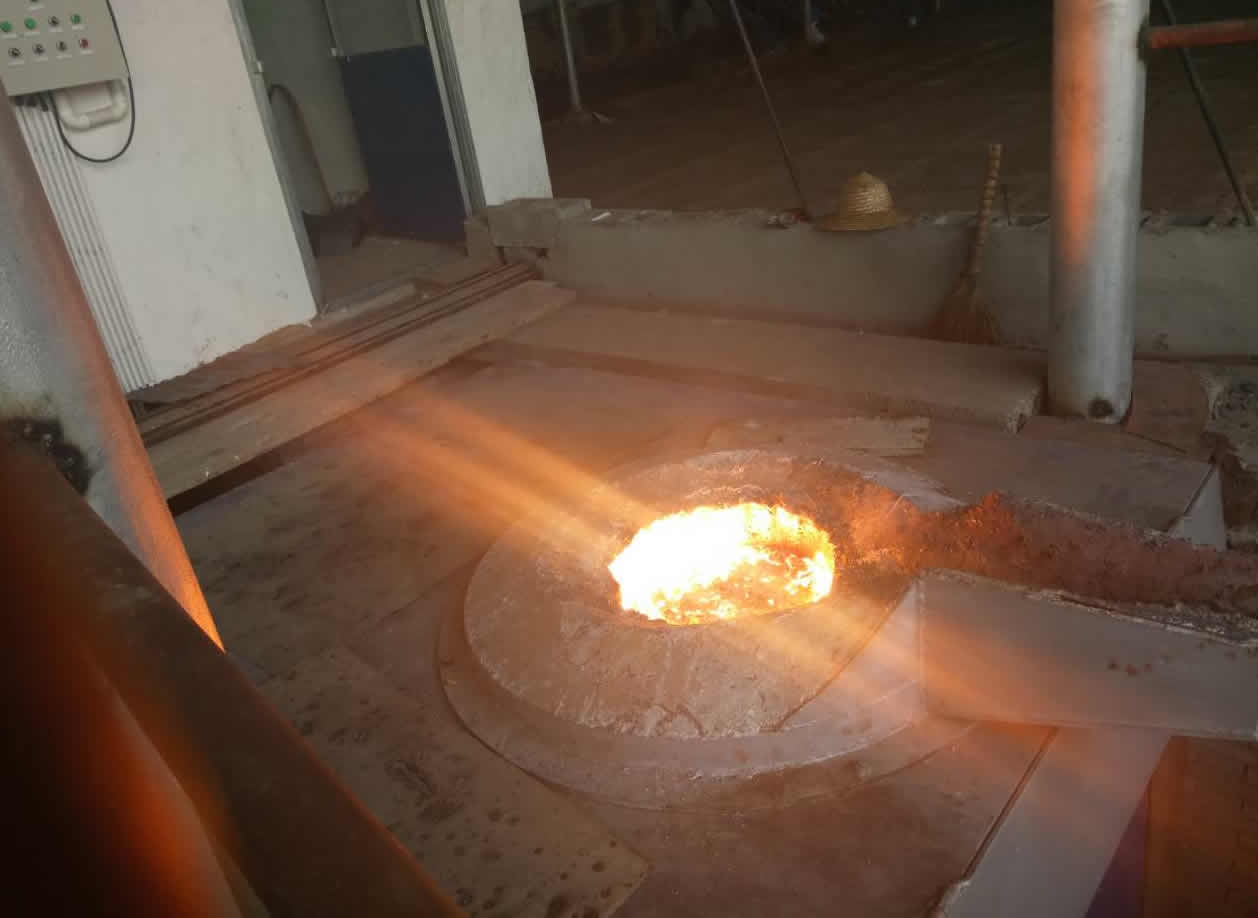
3T intermediate frequency iron melting f
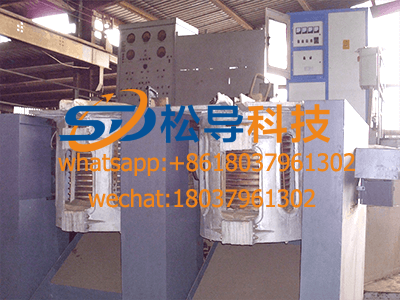
0.25T Intermediate Frequency Furnace
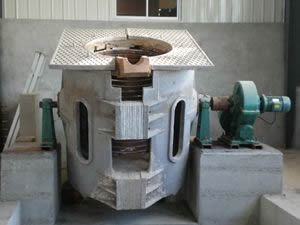
0.5T Intermediate Frequency Furnace
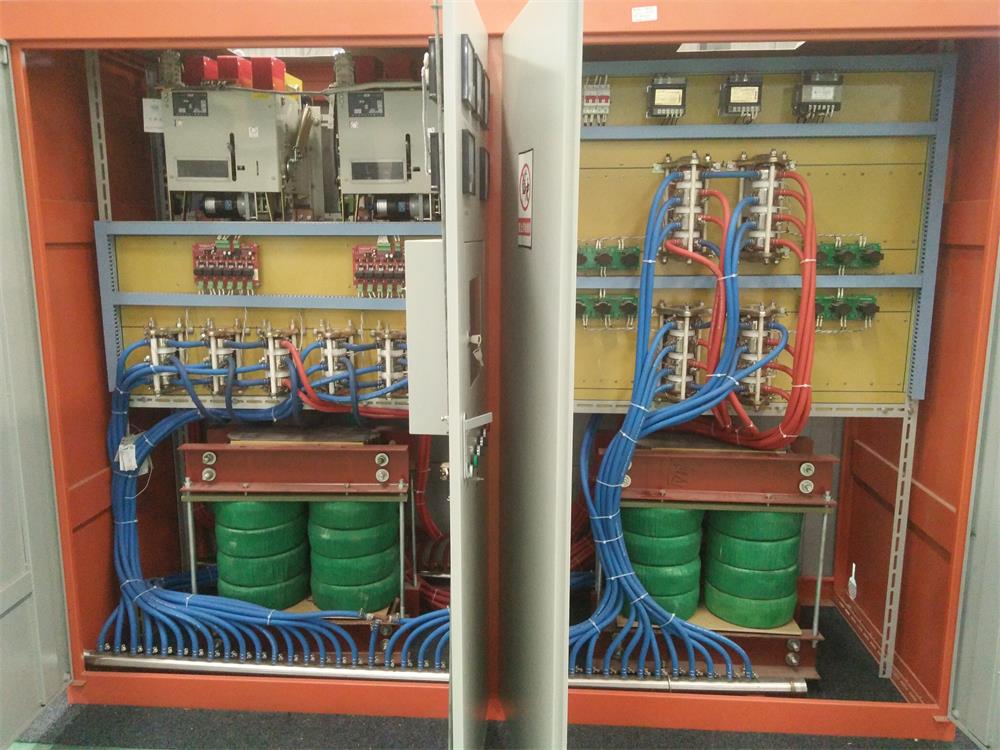
Medium Frequency Furnace

2T Induction Melting Furnace
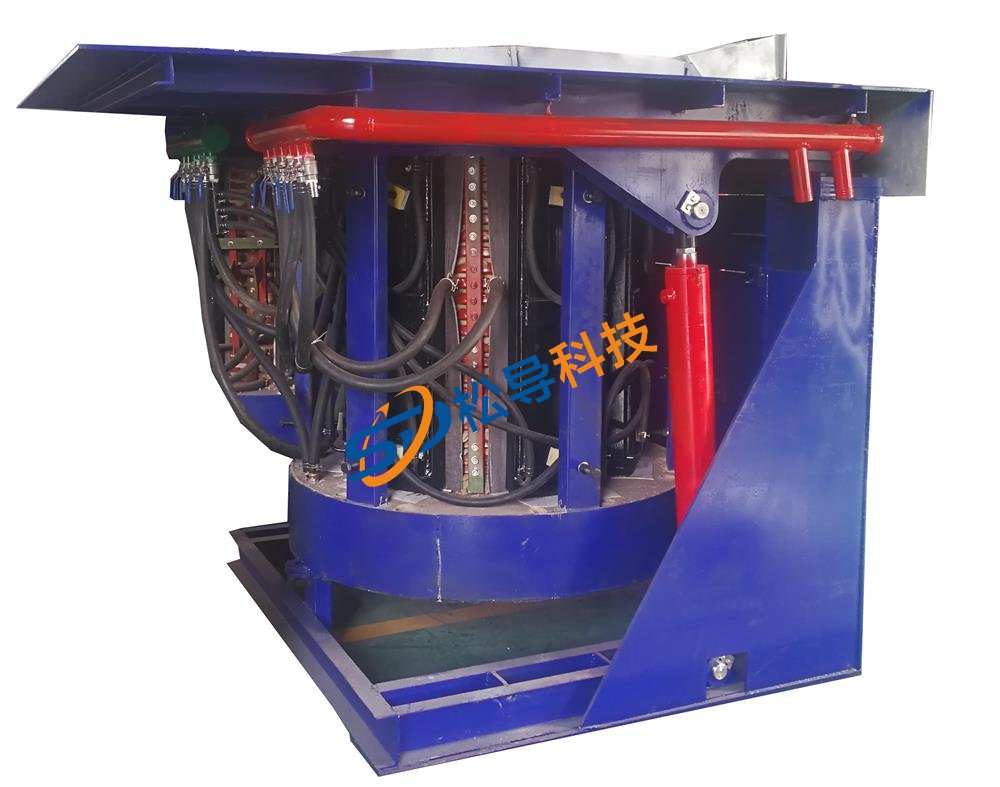
1T Induction Melting Furnace
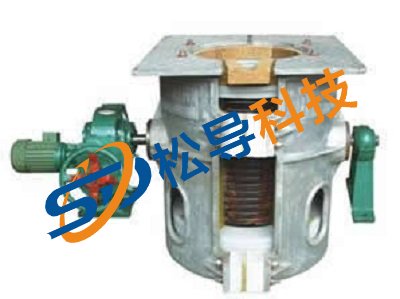
500kg Induction Melting Furnace
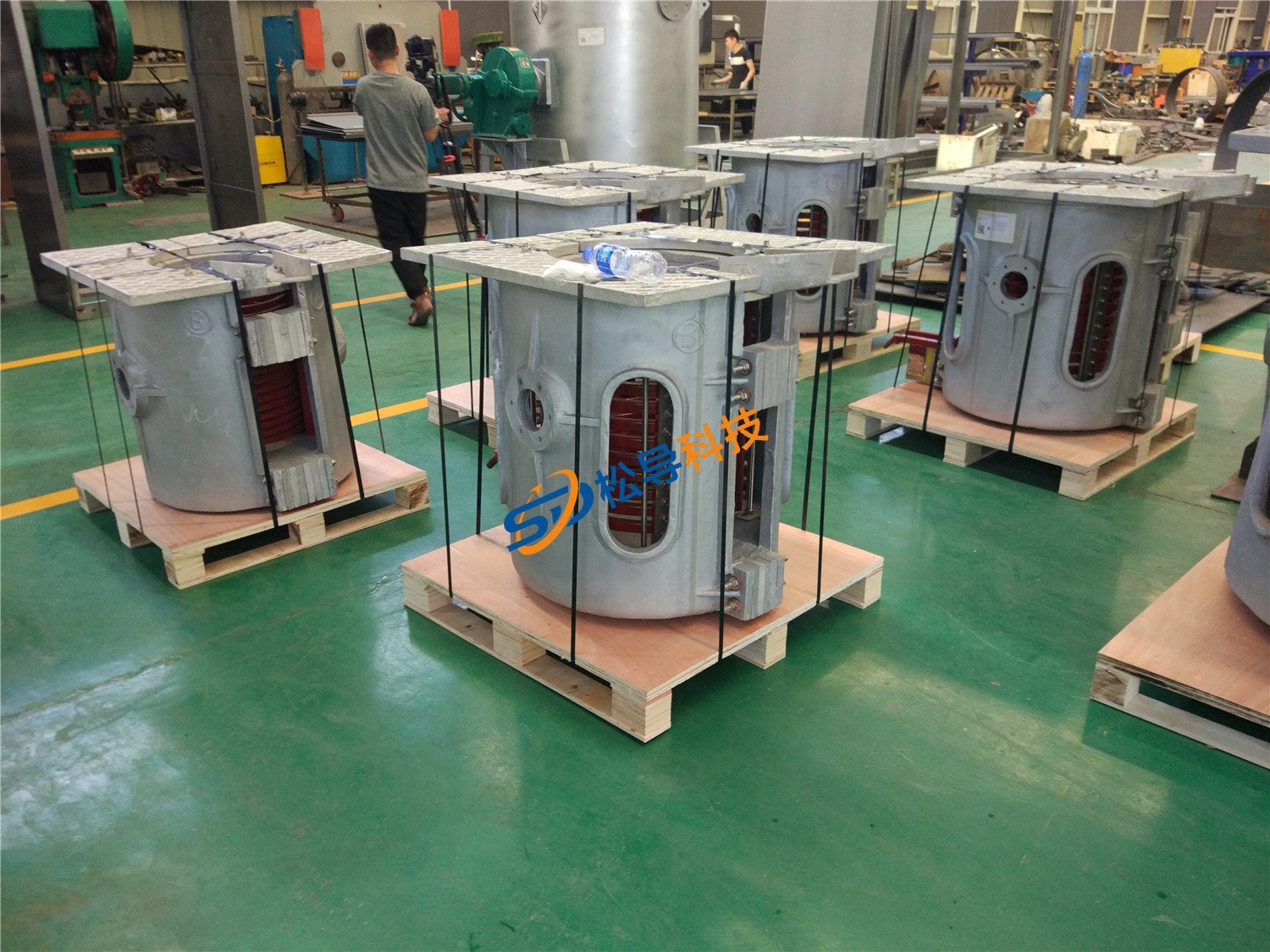
250kg Induction Melting Furnace
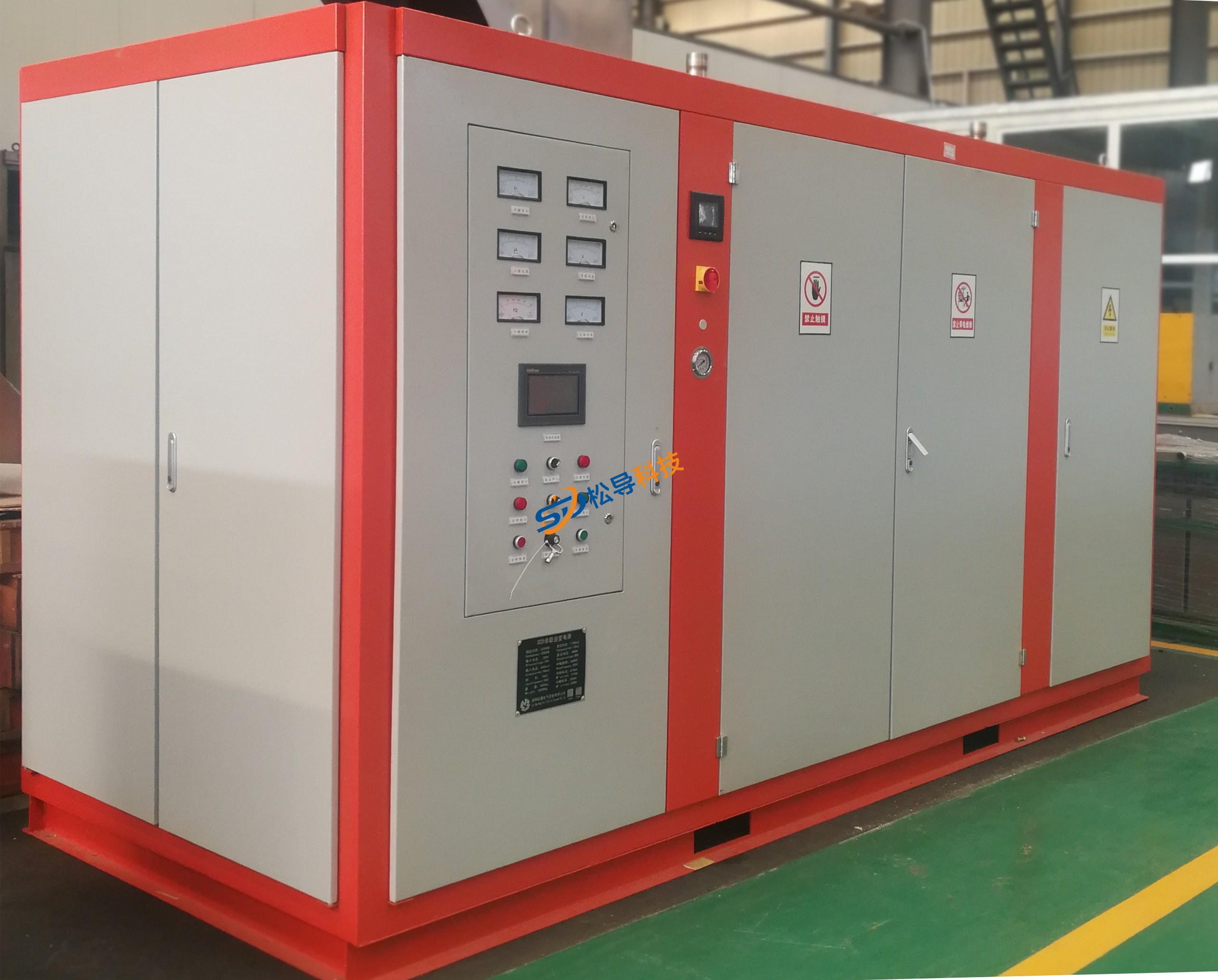
Induction Melting Furnace
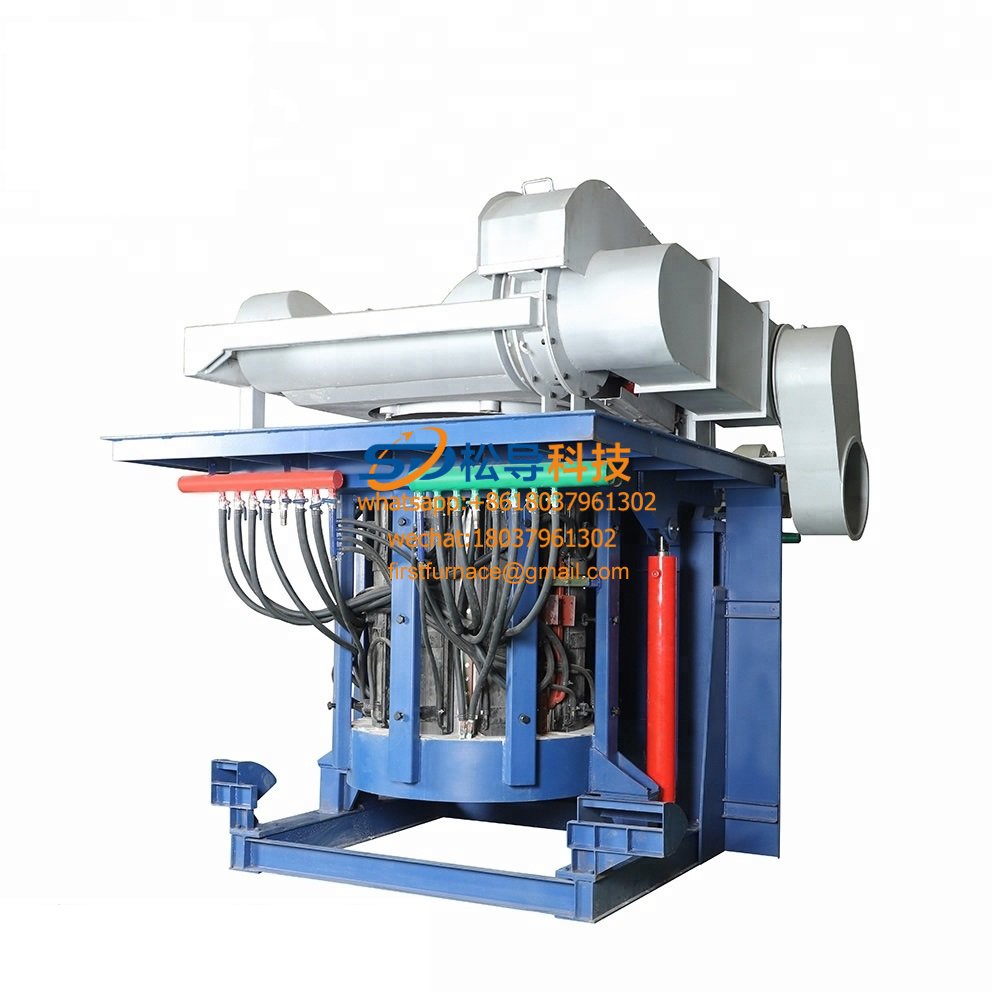
3 T Induction Melting Furnace
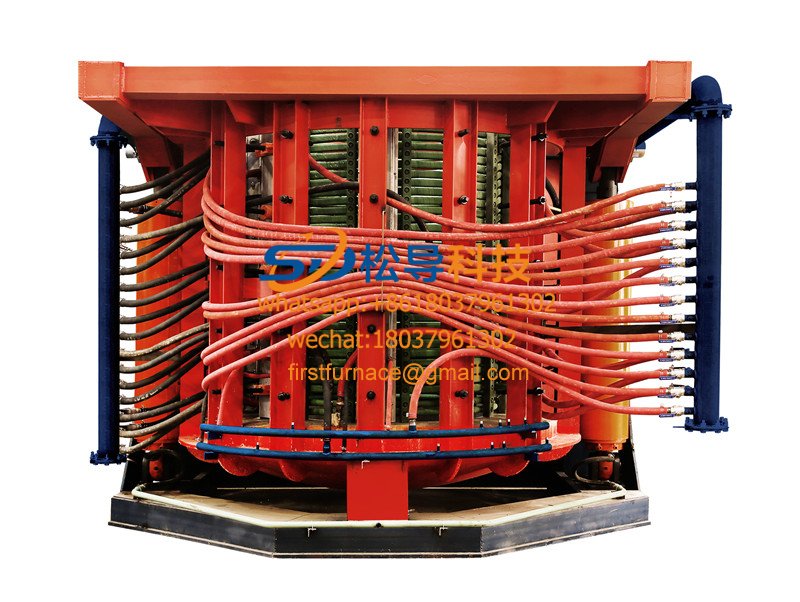
5T Induction Melting Furnace
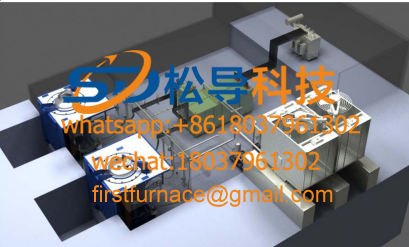
1T One Belt Two Intermediate Frequency F

5T One Belt Two Intermediate Frequency F
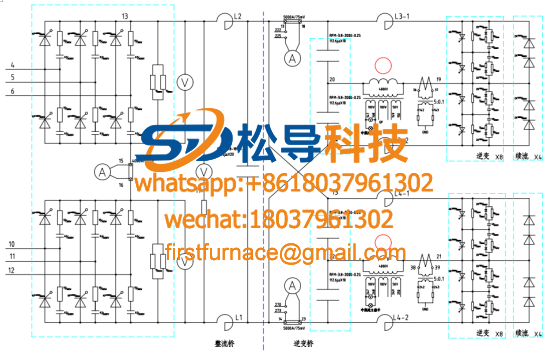
3T One Belt Two Intermediate Frequency F
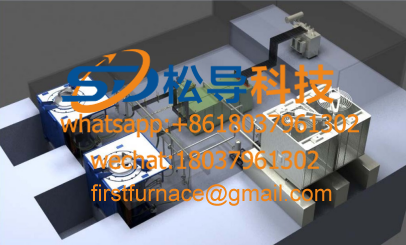
2T One Belt Two Intermediate Frequency F
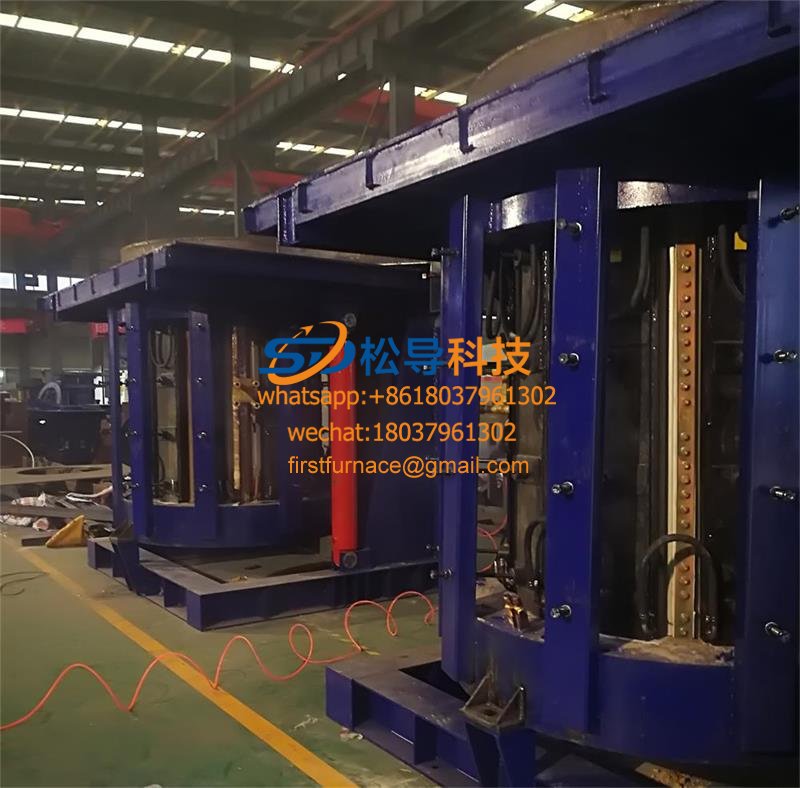
5T Parallel Intermediate Frequency Furna
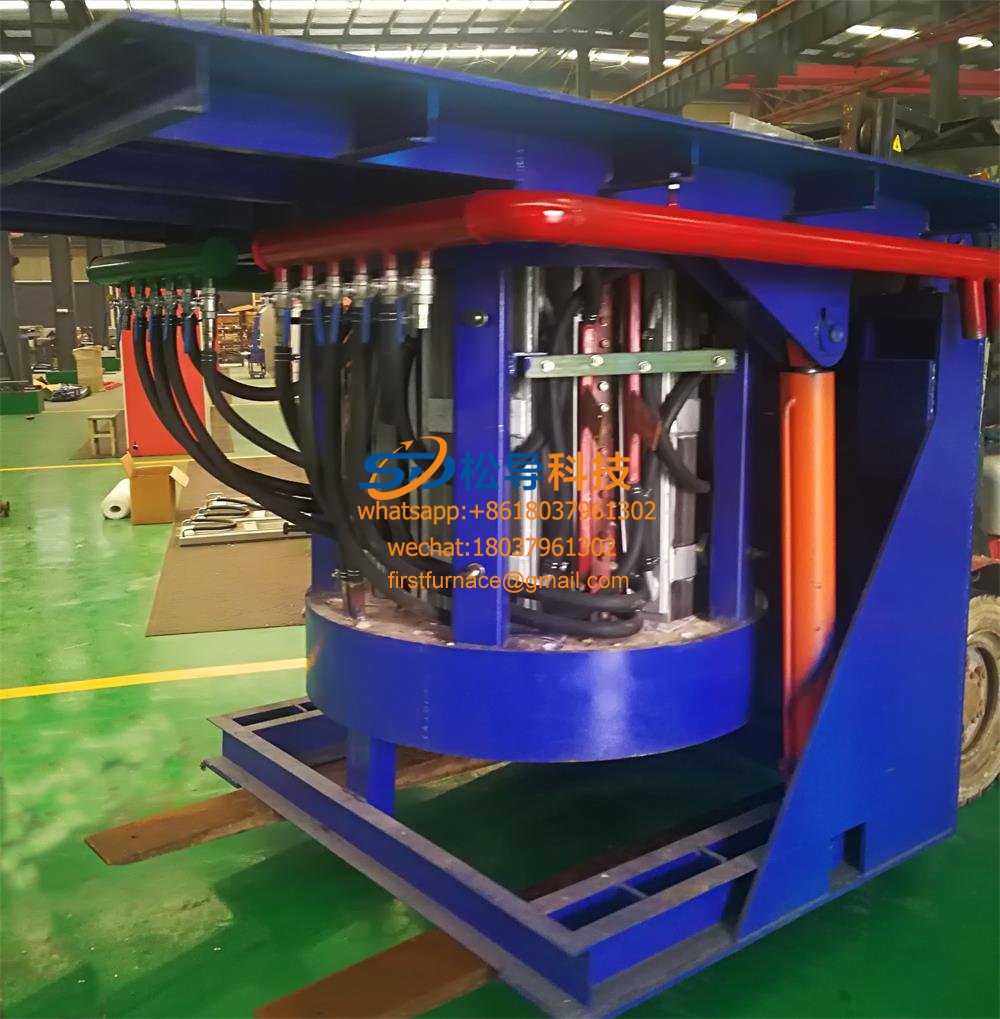
5T Intermediate Frequency Furnace

5T Series Intermediate Frequency Furnace
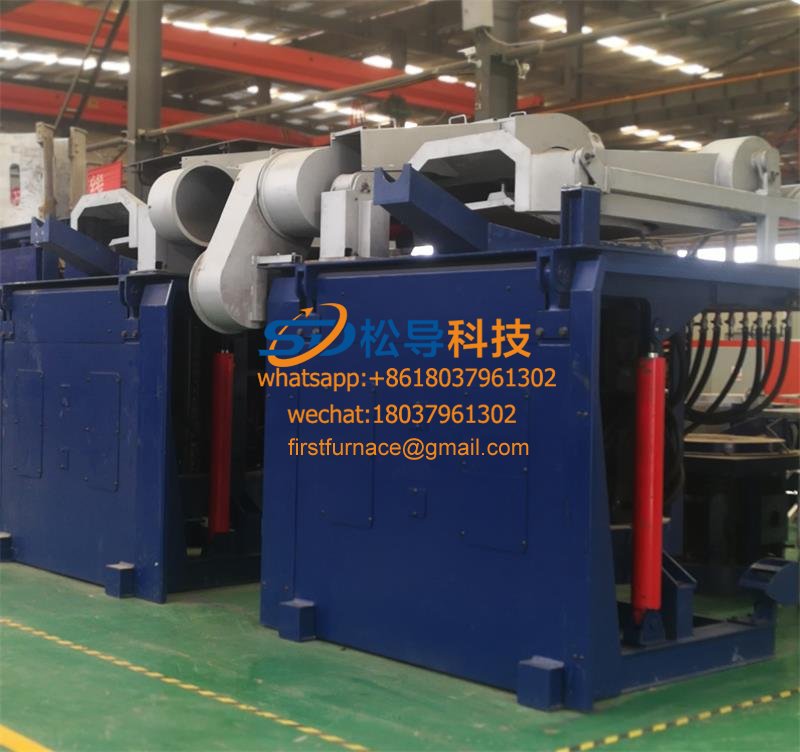
3T Series Intermediate Frequency Furnace
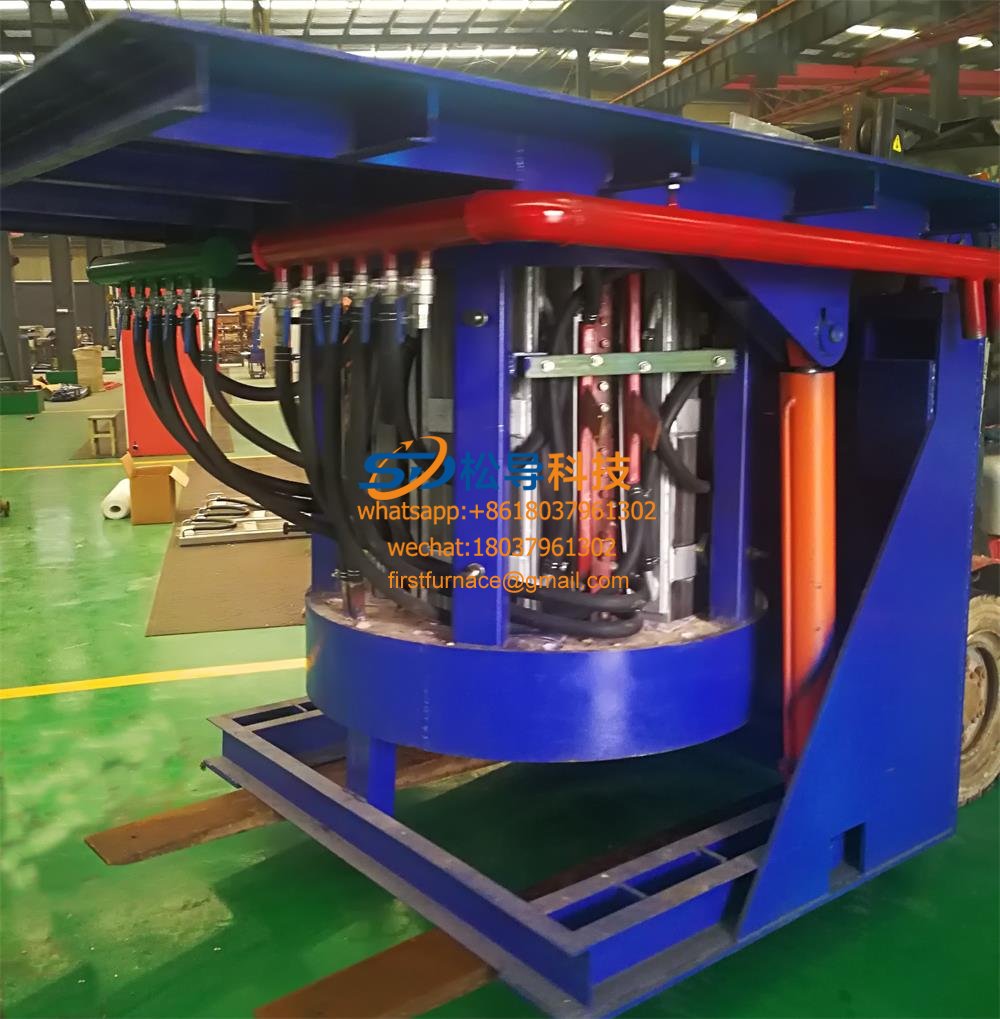
2T Series Intermediate Frequency Furnace
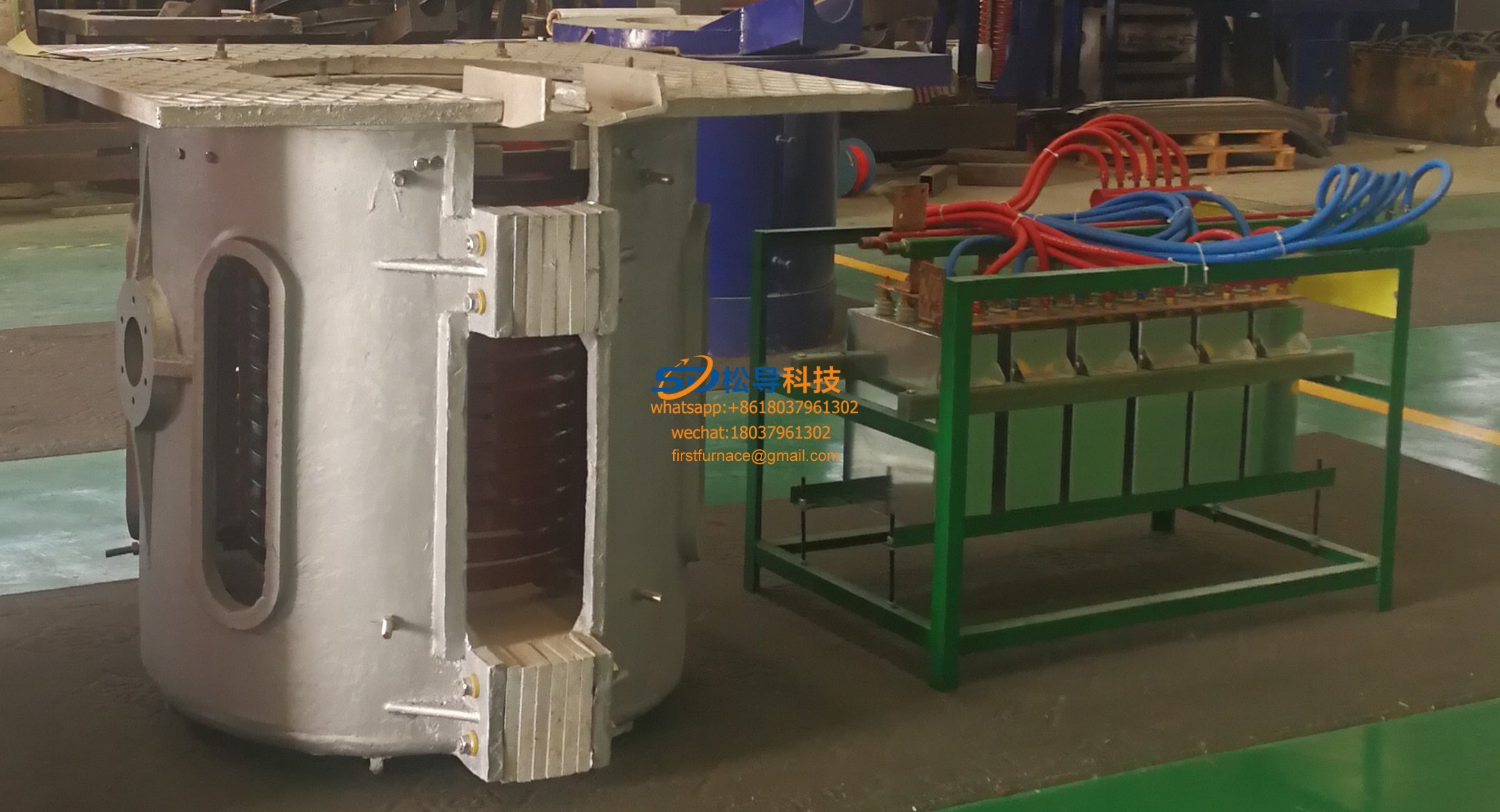
1T Series Intermediate Frequency Furnace
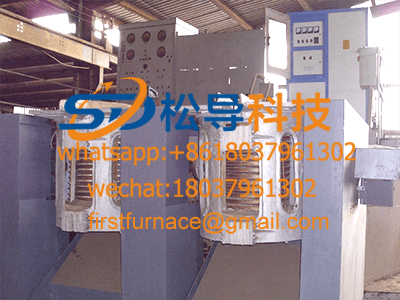
0.5T Series Intermediate Frequency Furna

0.25T Series Intermediate Frequency Furn
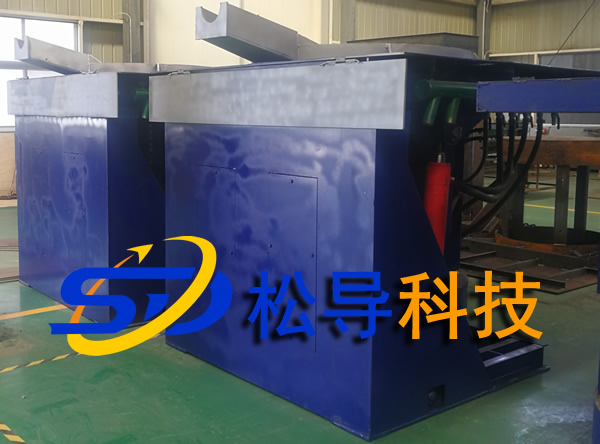
1T Parallel Intermediate Frequency Furna
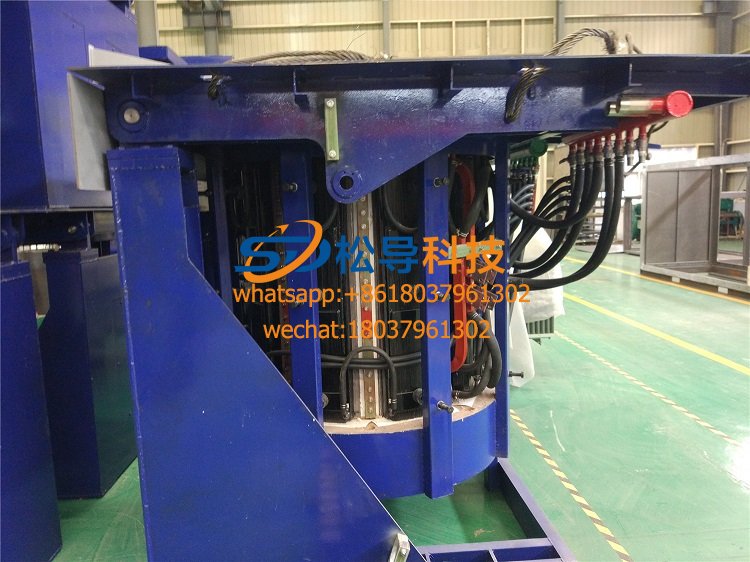
2T Parallel Intermediate Frequency Furna
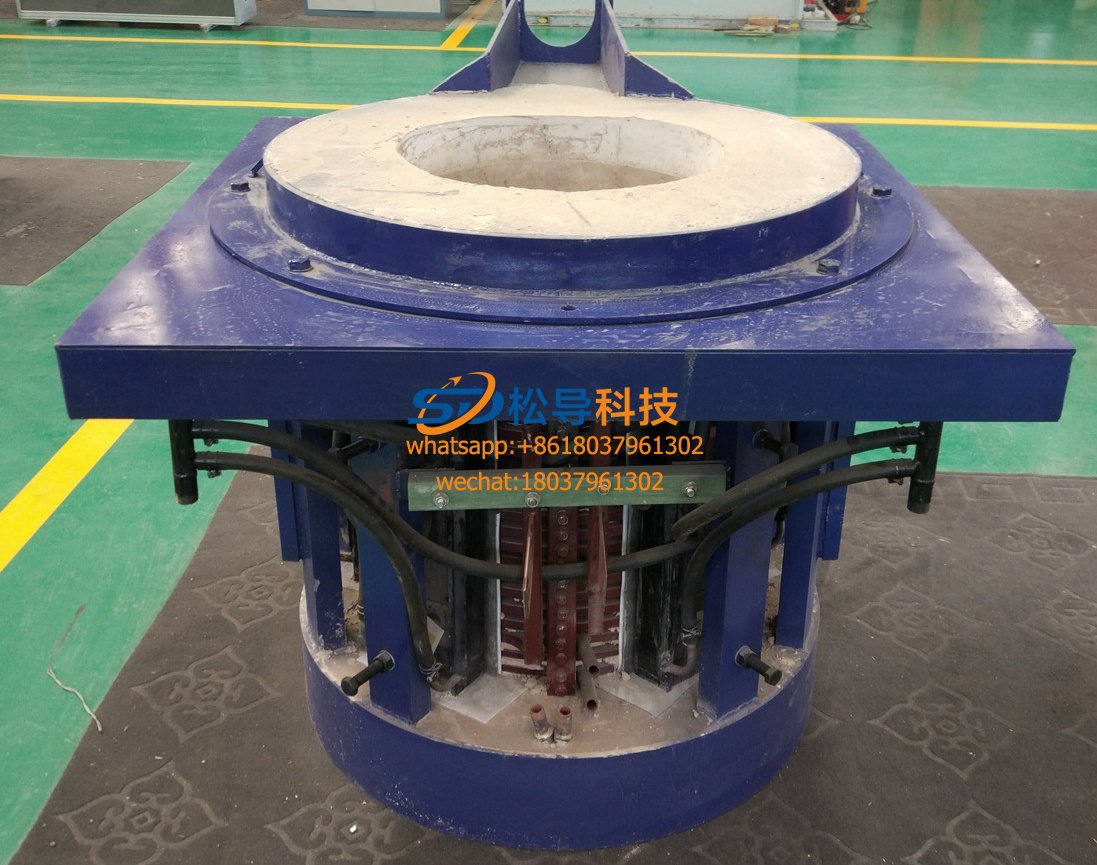
0.5T Parallel Intermediate Frequency Fur






